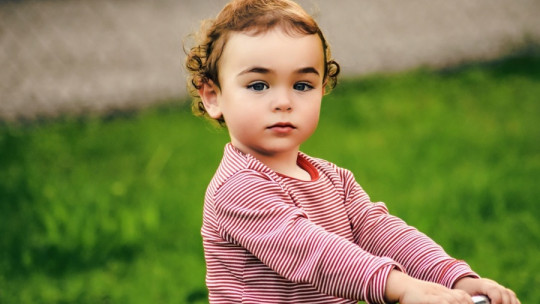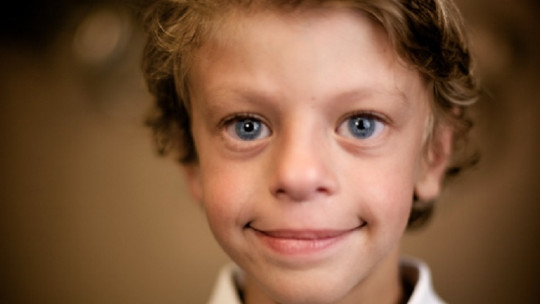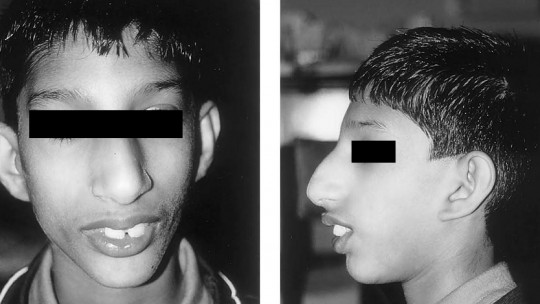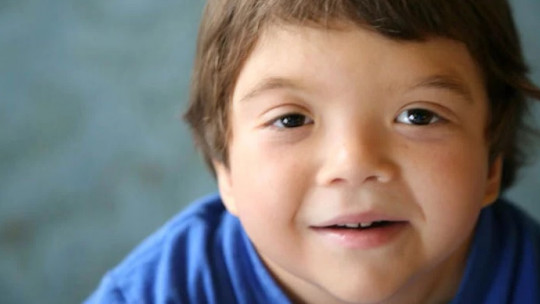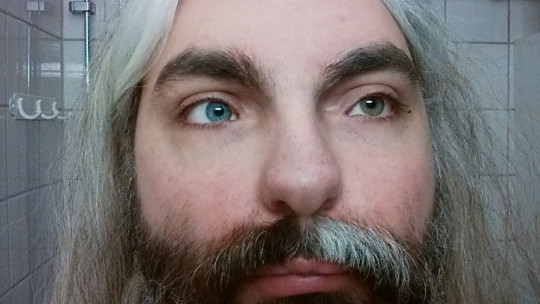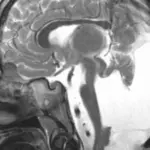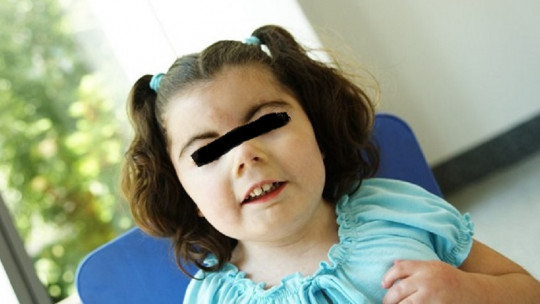
Genetic mutations are responsible for generating an immense amount of changes or variations between people. However, when these alterations occur in a series of specific genes, they can lead to the appearance of congenital diseases or syndromes.
One of these conditions is Cornelia de Lange syndrome, which is expressed through a series of physical and mental characteristics. This article will describe its manifestations, causes and diagnosis.
What is Cornelia de Lange syndrome?
Cornelia de Lange syndrome (CdLS) It is a congenital multiple malformation disease that is characterized by being hereditary in a dominant way and for causing an alteration in the child’s development.
This syndrome manifests itself through a very characteristic facial phenotype a delay in both prenatal and postnatal growth and due to a disorder of intellectual development or cognitive deficits that may occur to a variable degree.
Likewise, on many occasions people who suffer from Cornelia de Lange Syndrome also suffer from some type of anomaly or malformation in their upper extremities.
Three types of phenotypes can be distinguished according to the intensity of the symptoms: the severe, moderate and mild phenotype.
According to different investigations, the prevalence of this syndrome is one affected person in every 45,000 to 62,000 births However, most cases of Cornelia de Lange occur in families with dominant inheritance patterns.
Finally, estimating life expectancy is a very complicated task since it can vary from one person to another depending on the severity of the syndrome and the associated pathologies.
Traditionally, The main cause of death was related to a misdiagnosis of the disease and associated pathologies. However, thanks to medical advances, both in diagnosis and treatments, they have managed to change this.
Clinical features
Among the distinctive physical features of this disease we find a lower than usual weight at birth, being below 2.2 kg approximately. As well as slow growth development, short stature and the presence of microcephaly.
Regarding the facial phenotype, this usually presents united eyebrows and with pronounced angles, a small nose, large eyelashes and thin lips in the shape of an inverted “V”.
Other common signs of Cornelia de Lange syndrome are:
Regarding behavioral symptoms, children with Cornelia de Lange usually present self-harming behaviors such as biting their fingers, lips and upper extremities.
Causes
The causes of Cornelia de Lange syndrome are purely genetic. Within these genetic causes there are two types of mutations that can cause this condition.
The main genetic alteration that results in Cornelia de Lange is a mutation in the NIPBL gene However, there are other cases of this syndrome caused by mutations in the SMC1A and SMC3 genes and in a smaller proportion the mutations are found in the HDAC8 and RAD21 genes.
The NIPBL gene plays a fundamental role in human development It is already responsible for encoding the delangin protein. This protein is one of those responsible for controlling the activity of chromosomes during cell division.
Likewise, the delangin protein mediates the tasks of other genes responsible for the fetus developing normally, specifically those genes responsible for the development of the tissues that will later form the limbs and face.
Diagnosis
There is still no established protocol for the diagnosis of Cornelia de Lange syndrome, and it is necessary to resort to clinical data. Nevertheless, The clarity and visibility of the symptoms make their diagnosis relatively easy
By studying the characteristic facial features, evaluating intellectual performance and measuring height growth, an effective diagnosis of this syndrome can be made.
Although this diagnosis is relatively simple, there are a number of difficulties when dealing with conditions with a mild phenotype. The phenotypes that imply difficulties when diagnosing them are:
Mild phenotype
They are not usually diagnosed until after the neonatal period. In these cases, no abnormalities are shown in the extremities and both the general phenotype and intelligence are not very altered.
Moderate or variable phenotype
In these cases, the great variability in both features and expressions makes diagnosis difficult.
Through the study of characteristic facial features, the evaluation of intellectual performance and measuring height and weight growth can make an effective diagnosis of this syndrome.
Due to these difficulties, diagnosis during the prenatal period is only plausible in siblings of people affected by the disease, when there is some type of anomaly in family members, in cases of hydrocephalus or in intrauterine development delays evident in the ultrasounds.
What options or needs do people with DSdL have?
As mentioned above, the degree of intellectual development of people with Cornelia de Lange can vary from one to another, each of them will have the capacity to prosper according to their personal possibilities and the aid and support provided by your family and social environment
Unfortunately, both language and communication in general tend to be severely affected. Even in the mildest cases the evolution of these aspects can be seriously compromised.
Due to the needs of children with Cornelia de Lange, it is advisable to provide them with a calm and relaxed environment, eliminating any element that may be disturbing, distressing or threatening for the child. This way Reinforcement of tendencies towards hyperactivity, irritability and self-aggressive behavior will be avoided
The main objective when interacting or living with children with Cornelia de Lange syndrome is to perceive and feel through the child’s conditions, without forcing them to perceive things as we perceive them.

